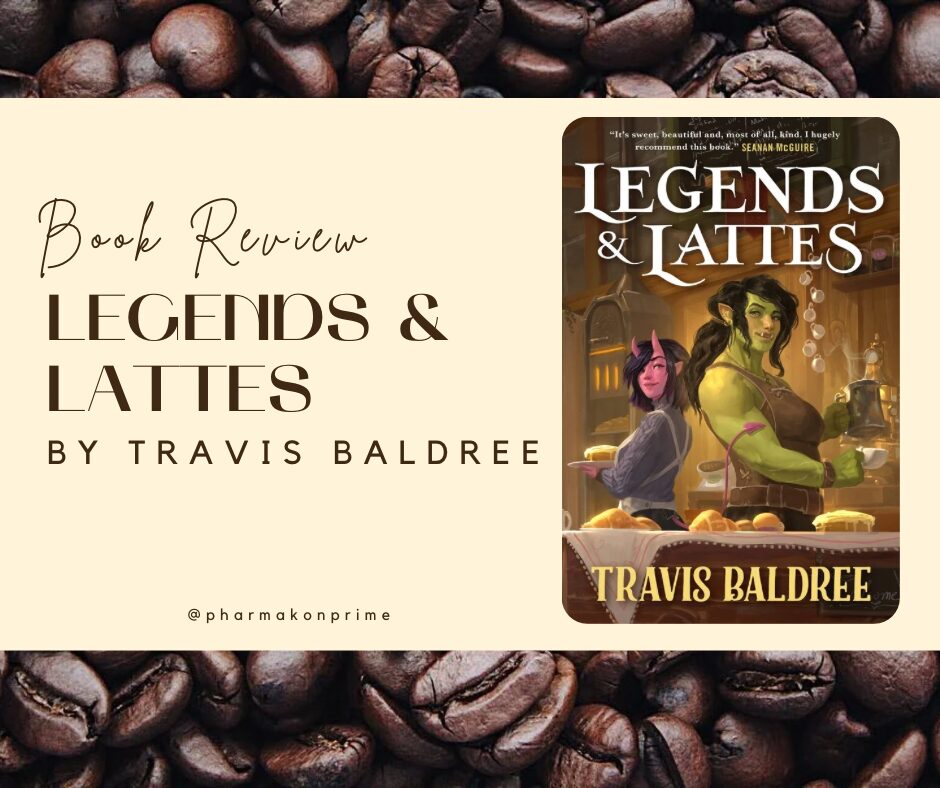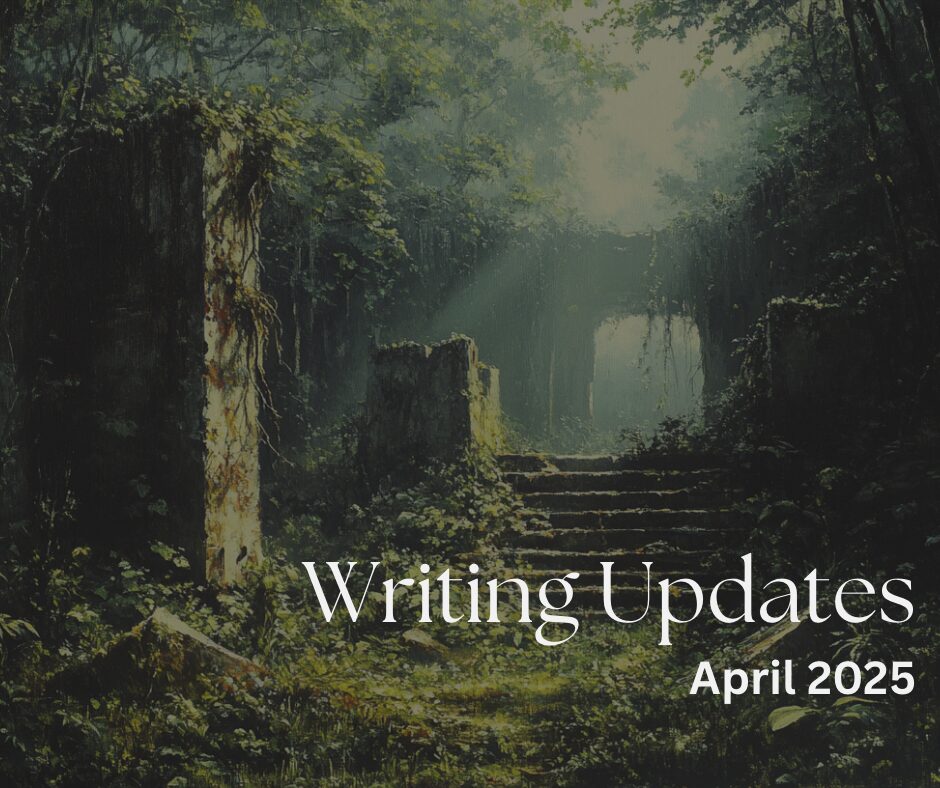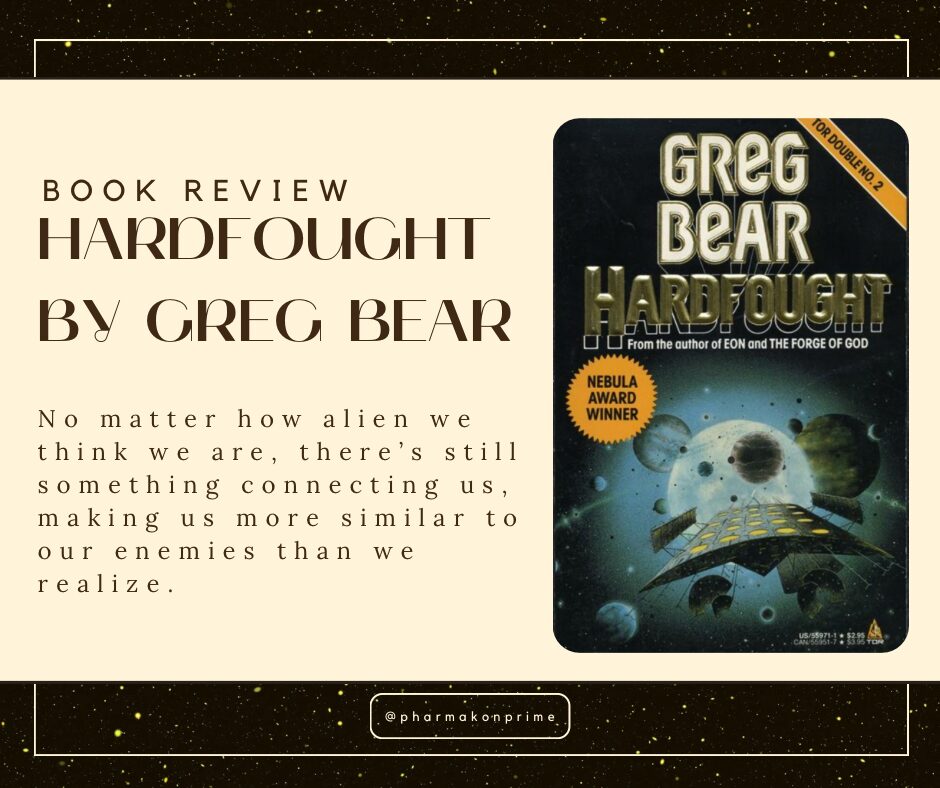Muspell’s Sons Sequel Progress
I am on track to have the book ready for beta readers on April 1. I’m super excited to see what people think of it. This book has been difficult to write but I’ve also learned a lot about myself and the writing process.
If you want to be a beta reader, sign up for my newsletter. I’ll be emailing people on that mailing list soon with the instructions on how to become a beta reader for the Muspell’s Sons sequel. (P.S.–You also get a free copy of my short story, A Common Companion, if you sign up for the newsletter!)
Publishing Struggles
When I started writing Muspell’s Sons in April 2022, I was super excited. I had a cool idea for a story and a basic idea of how to make it come to life. What I didn’t know was that writing the story was only the first step in an arduous struggle to get it in front of people’s eyes.
The struggle continues, and as is often the case, Amazon is the source of this particular problem. I’m grateful that I can publish my own book with ease, but gosh darn it if Amazon isn’t doing its best to make life difficult. Again.
I just learned that ebooks published through Ingram Spark can’t be distributed to Amazon for 12 months if you previously had the same title published through KDP. While KDP has many benefits for authors, it’s also quite limiting. And I hate being squished into boxes. I like control over my own stuff.
Examples of the stuff authors have to put up with when publishing through KDP:
- If you publish a KDP ebook through Amazon and then your hardcover/paperback through IngramSpark, they won’t end up on the same product page. That’s a big problem for potential buyers who might be interested in the book but want a different format.
- If you sign up for Kindle Select, your ebook can’t be sold anywhere else for 3 months. That includes your own website.
- You must abide by Amazon’s pricing schedule, meaning if you drop your book’s price below $2.99 or raise it above $9.99, your royalties drop from 70% to 30%. If my book is already only $0.99 for a sale, that means I only get less than $0.30 from each sale. That’s ridiculous.
- If you’ve provided ebooks to Amazon through KDP in the past 12 months, IngramSpark can’t distribute the same ebooks through their program.
That’s not even going into how Amazon has been scalping authors and publishers on Audible for years. Thankfully, Brandon Sanderson has been strong-arming them into changing their royalty policy. I’m curious to see what the official changes are there as I’ve been putting that off for a long time. It’s just not profitable in any way with royalties as they are currently.
Anyway, I decided to pull the ebook version of Muspell’s Sons from Amazon for the next 12 months so that I can have Ingram Spark distribute it to Amazon (eventually) so that the ebook and hard copies will be available together on one product page. I think that will be much better in the long run, but I really wish I’d known that from the start. My next books will not be published on Amazon KDP.
While the hardcover and paperback versions of Muspell’s Sons will remain on Amazon, I’ll be posting the ebook version here on my website for free. Permanently. Keep reading for an explanation of why.
Changes in Business Model for Authors
It’s always confused me why marketing books is so different from other products. I’m still not entirely sure why. Maybe it’s because they are entertainment and you can’t know very quickly if it’s the product for you as opposed to, say, a toaster. If the toaster toasts bread and doesn’t light your house on fire, it’ll do. Books aren’t that straightforward.
Regardless of the reasons, I feel like the current model of “Publish book, buy ads, pray,” just isn’t quite right. It ends up feeling a lot like, “Write book, spend lots of money, fail.” That’s obviously a terrible business model, but it’s the only one that a lot of authors have. I’ve been doing a lot of digging through blogs and YouTube videos about marketing books to try and find some alternative methods of book marketing.
20Booksto50k Model
One of the more popular methods is trying to game Amazon’s algorithm by writing a truckload of books and then advertising for just one or a handful in the hopes that if someone reads one book on Kindle Unlimited, they’ll continue on with the rest of the series. Unfortunately, this takes a lot of time if you are trying to write a solid book.
This method has gotten a lot of attention in the author community through a Facebook group called 20Booksto50k, where they promote writing twenty books in two years with the goal of making $50k a year off those books. My understanding is that the books often aren’t great quality, burnout is high, and a lot of authors don’t succeed. I’m looking for something a bit more certain than that and I want to write for the joy of it instead of as yet another grind, so I haven’t tried this method.
Also, my books, being epic fantasy, are quite long and involved and thus take a considerable amount of time to write. Twenty books may well take me twenty years to write. That’s a long time to wait for a business venture to become profitable.
Webcomic Model
Another method, mentioned by Brandon Sanderson in this video, is to mimic webcomics. They put up their comic online and then offer the print copy for sale. Fans can support the author that way if they really like the comic. If an author could pair that model with swag or merchandise related to their books, I think this model could really work.
Yesterday, Dragonsteel launched its Words of Radiance leatherbound campaign and managed to make over $13 million in 12 hours. That’s absolutely incredible. Brandon Sanderson said that this is how they make most of their money–which if I’m understanding that correctly, means that they don’t make most of their money off of his book royalties. I’m sure those are substantial compared to most authors, but the leatherbound campaign probably is going to blow those royalties out of the water.
I’m not saying most of us can reach those stratospheric levels, but the difference in profit for even a bestselling author is worth noting.
He’s not the only one, either. In 2021, Disney raked in $56.2 billion from merchandising and only (ha!) $4.1 billion from movie tickets, blu-rays, and DVDs. This model of pairing merchandising with book sales is definitely worth investigating as an author as well.
I’ve attempted to do this previously by posting chapters of my book Muspell’s Sons up on my website for free, but I pulled them down due to a combination of Amazon KDP limitations and worries that it was going to mess up my SEO (search engine optimization). I think I’m going to put the entirety of Muspell’s Sons back up and leave it for people to read, along with links to the hard copies.
I’ll let you know how it goes.
JLJ



